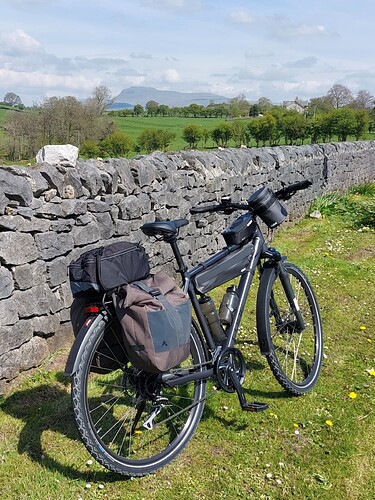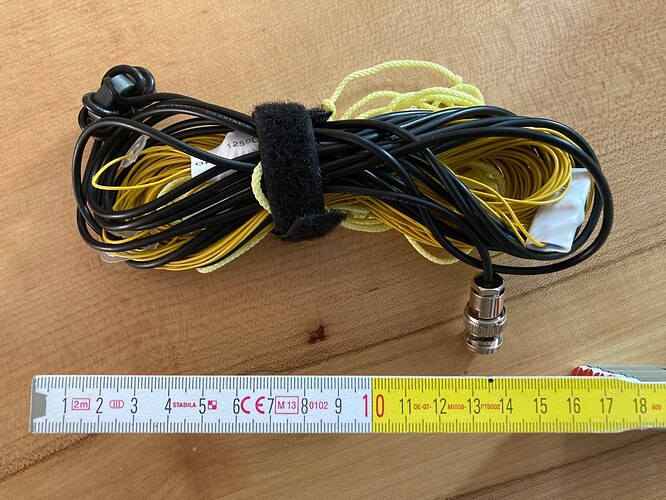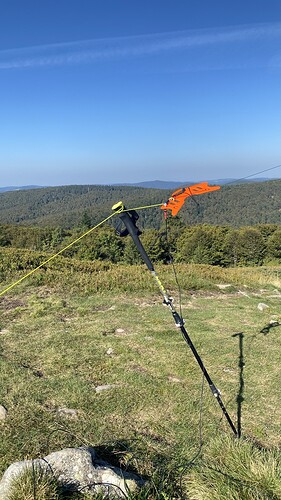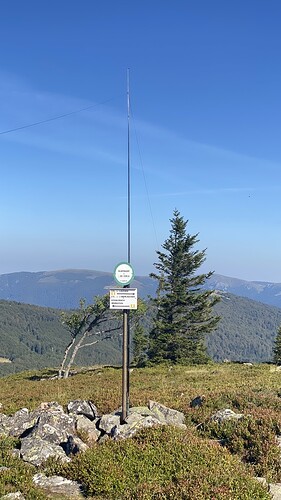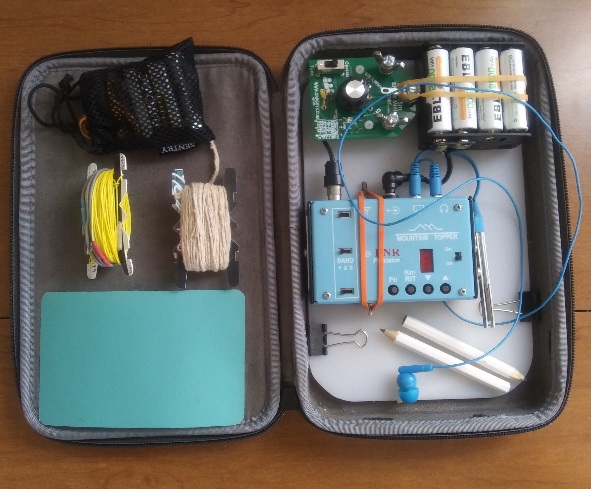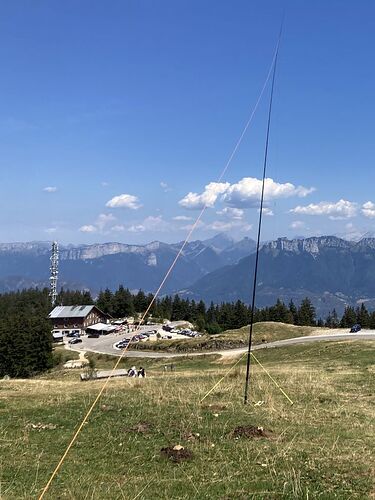I’m wondering if anyone can give me some pointers and pass on some knowledge.
In a few weeks I’m setting off on a multi-day trip by bicycle in the Inner Hebrides. There’s no SOTA opportunities but I would like to do some radio. My first issue is that I don’t have a lightweight, small SSB capable 40m radio. I’ve ordered a 40m band kit for my Radio Kits Explorer and I’m looking to swap it over to 40m as a last resort.
Antenna wise, I have a 5m Ron Thompson fishing pole obtained from Go Outdoors many years ago. The pole collapses to a length about the same same as the top tube on my bicycle. I have a decrepit 4m pole but I don’t think it will be much good for a 40m antenna.
I’ve only really used dipoles and ground planes, I’ve never really understood EFHWs. I do have a Czech ALT Altoids end fed tuner. I was thinking about implementing an EFHW for 40m.
I would like to know things like is it usual to guy the pole? I assuming the pole is guyed to hold it up and then the wire is suspended inverted vee style. My Ron Thompson pole is of unknown qualities, I’m not sure how conductive it is. Maybe I should just make a dipole?
40m is the main band of interest but I would like to try other bands if possible. I’m thinking about packing my MTR-5B. The EFHW could probably be re-purposed to cover some different bands.
I was thinking about making a feeder cable from the rig to the tuner with a choke, is this a good idea? The feeder would be made from some RG-174 that I have. I know there’s some loss issues.
Ideally I’d love to take a KX2 with AATU and a piece of wire but my budget will only stretch to the piece of wire!
Hoping that somebody can give me some practical tips.
73, Colin
My accommodation and cooking equipment is in this photo but no radio equipment.
